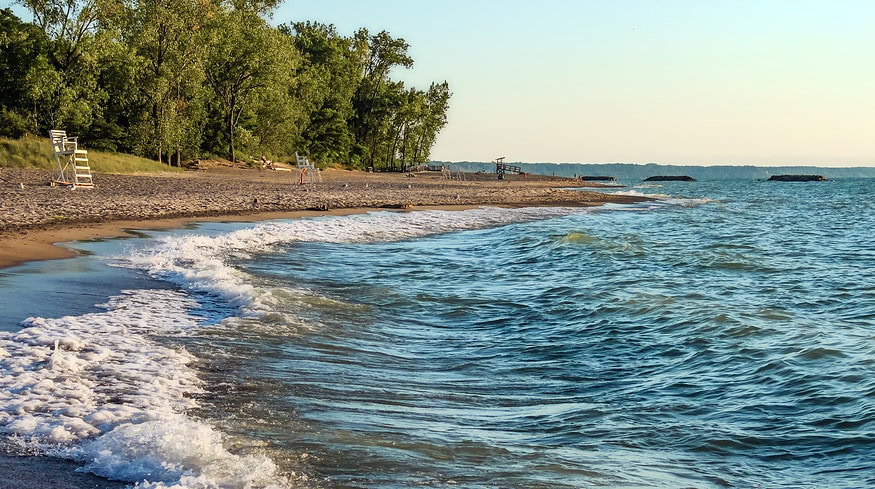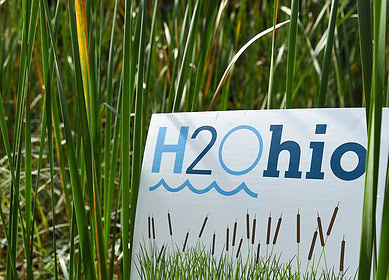Scientists fight back against Lake Erie’s algae blooms with advanced agricultural practices

On the shores and waters of Lake Erie, a child plays, and newlyweds pose, seemingly oblivious to the bright red signs warning of toxic algae. The scene is both picturesque and alarming, spotlighting an ongoing environmental crisis in America’s southernmost Great Lake. The persistent algae blooms, which can produce dangerous toxins, are primarily fueled by nutrient runoff from agricultural activities.
Bill Kellogg, a farmer located some 70 miles from the affected area, has become an unlikely champion in the fight against these blooms. At his farm in Forest, Ohio, Kellogg has shifted away from traditional methods of fertilizer application. Rather than scattering fertilizer across the surface of his fields, he uses a strip-till machine that embeds fertilizer pellets deep into the soil, reducing runoff caused by rain.
Kellogg’s farm also employs other innovative techniques, such as planting cover crops to enhance soil absorption and establishing buffer strips to catch nutrients before they reach waterways. These efforts represent part of a broader movement among farmers who are increasingly aware of their role in both the problem and the solution.
The algae in question, often referred to as blue-green algae, thrive on the phosphorus and nitrogen found in fertilizers. These nutrients contribute to the growth of harmful algae blooms that disrupt ecosystems by creating dead zones, endangering marine life, and posing risks to human health. In response, a 2015 agreement between the United States and Canada aimed to reduce phosphorus levels in Lake Erie by 40% by 2025. Although progress has been made, with a reduction of about 32%, achieving the target remains challenging.
Recent efforts by the Ohio Department of Natural Resources and other conservation groups have focused on wetland restoration, which can naturally filter out nutrients before they enter the lake. These projects are part of the H2Ohio initiative, launched in 2019, which has seen significant investment in restoring natural water filtration systems.
Farmers like Kellogg are also motivated by personal experiences. After a severe algae bloom in 2014 temporarily compromised the drinking water supply for over 400,000 residents, Kellogg intensified his conservation efforts. His investment in more efficient farming equipment has paid off, reducing his fertilizer costs and increasing yields.
Despite individual successes, widespread adoption of these practices is necessary for meaningful impact. Funding remains a significant barrier, with recent reports suggesting that Ohio and Michigan need to invest considerably more to meet phosphorus reduction goals. Encouraging more farmers to adopt sustainable practices is essential, as the looming threat of government regulation could impose stricter measures.
As efforts continue, the narrative on Lake Erie is one of cautious optimism mixed with urgency. The fight against algae blooms is a complex challenge that requires continued innovation, cooperation, and significant investment. For farmers like Kellogg, it’s a personal commitment to the health of the environment and their community.
Source: Phys.org
Enjoyed this story?
Every Monday, our subscribers get their hands on a digest of the most trending agriculture news. You can join them too!
















Discussion0 comments